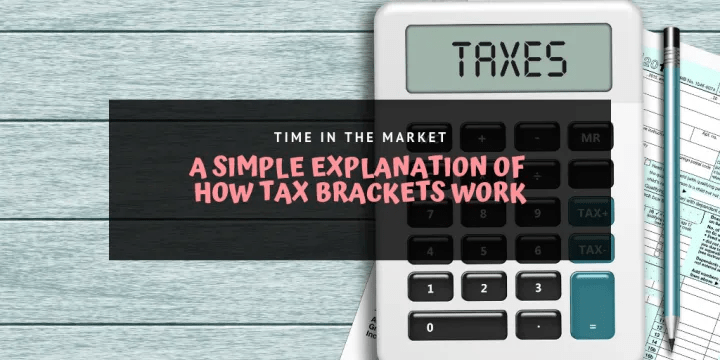Tax-free is a system for returning the amount of value-added tax (VAT). The VAT is refunded on purchases made by foreign citizens when they cross the border of the country in which they were purchased. The refund amounts usually range from 8% to 25% of the amount of the tax free purchase, depending on the country where the shopping took place.
Legal entities can also return a portion of the money spent – there is a tax-free business system for them to return the amount of VAT on expenses for foreign business trips. So, every shopper and traveler must know the tax free definition.
Thus, since you are not a taxpayer of the country where your purchases were made, you can get a certain amount of money back for them, including VAT. However, you can only do this in stores that support the tax-free program.

What is tax free?
Tax free – what is it? As noted above, this concept implies the VAT refund. Everyone knows that the charged tax is aimed at the wellbeing of society. Thus, it is included in the total cost of absolutely any product or service. As a rule, the value of VAT varies from 9 to 20 percent, which completely depends on the laws of a particular state.
Why is VAT returned? The answer to this question is much simpler than you might imagine. The fact is that tourists who have made some purchases and paid the tax included in the price do not have time to apply its social mechanisms, since they stay in the country for a concise period of time. As you can see, the answer to “What is tax free?” is very simple.
Tax free in accounting
A tax- free receipt in accounting is a special document on the basis of which the buyer gets the right to return the VAT in the cost of the product paid to the seller. Checks are issued by sellers when selling goods or specialized organizations that act on the basis of an agreement with the seller. For example, customer service in the shopping center. The receipt is issued at the request of the buyer. In order for the seller to issue a document, the buyer must present a passport of a foreign citizen. The form of the receipt is arbitrary, but it must contain mandatory details. In the document, write:
- number and date of the receipt and cash receipt;
- name, TIN, and address of the organization (its separate division);
- the buyer’s last name, first name and patronymic (if available), passport number and name of the country that issued it. Fill in the details in Latin letters, as in the passport;
- name of the goods sold, a unit of measurement, numbers or articles for each item (if available), their quantity or volume;
- the cost of goods sold including VAT and the amount of calculated tax for each item;
- a barcode that allows you to identify the receipt number using readers. Generate the barcode using accounting software.
You can not put a stamp on the receipt.
If the buyer partially returns the product, the seller has the right to delete the record of the returned purchase from the old receipt or issue a new one. In this case, the previously drawn up document is canceled.
Tax free example
Let’s look at a simple example to understand how it works and whether it’s worth spending time on paperwork.
Let’s say you went to Germany and bought a new audio system for 500 euros. In this country, VAT is 19%, so if you buy it for 500 euros, the refundable amount will be about 79 euros.
This is how VAT is calculated for reimbursement, but you will be refunded a little less. The intermediary company withholds its commission from the client. Moreover, the larger the amount of the check, the lower the percentage for services (the commission is calculated from the amount of the tax-free check).